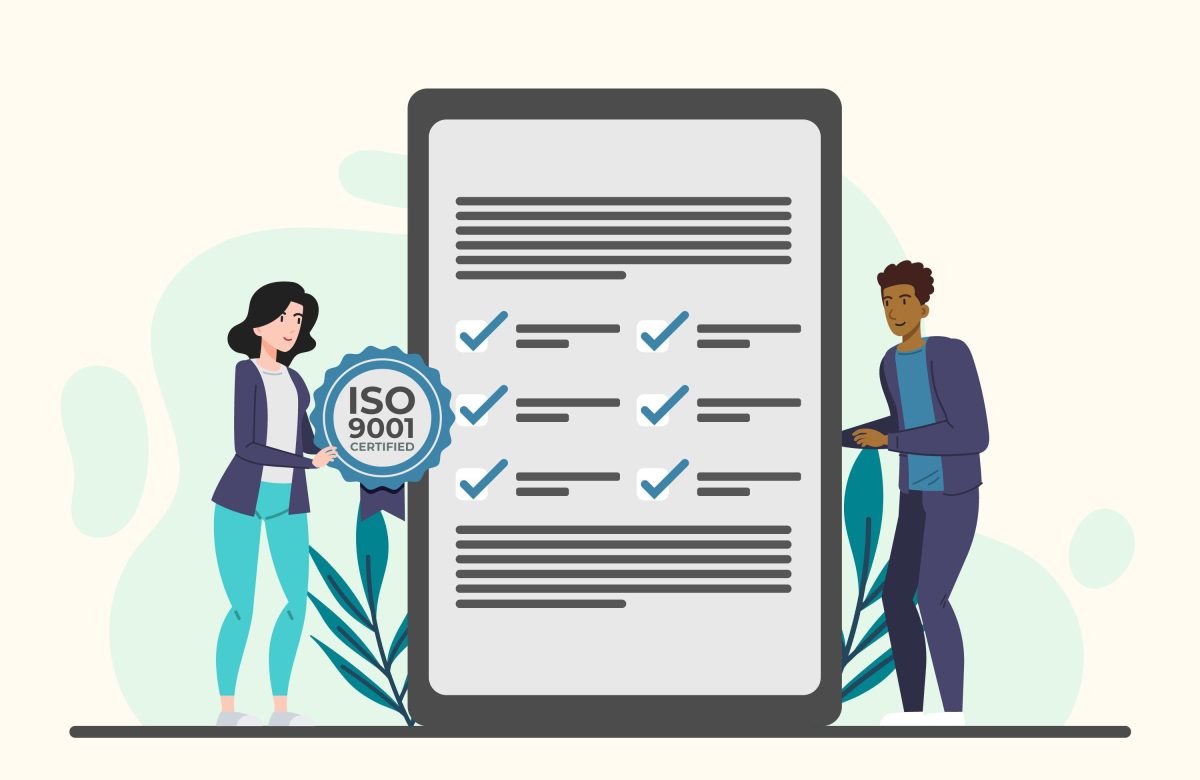How to use data analytics for performance measurement

In the dynamic landscape of business, data has become the cornerstone of decision-making and strategy formulation. Data analytics, the process of extracting valuable insights from vast datasets, is a powerful tool that not only informs these decisions but also plays a pivotal role in measuring and optimizing performance. In this blog, we’ll delve into the world of data analytics and explore how businesses can effectively use it for performance measurement, leading to informed decisions and continuous improvement.
Understanding Data Analytics for Performance Measurement
Data analytics involves the collection, processing, and analysis of data to gain valuable insights. When applied to performance measurement, it provides a comprehensive view of an organization’s operations, initiatives, and strategies. By examining key performance indicators (KPIs) and relevant metrics, businesses can evaluate the effectiveness of their efforts and make data-driven adjustments to achieve their goals.
Step 1: Define Clear Objectives
Begin by setting clear objectives for performance measurement. What specific aspects of your business are you looking to evaluate? Whether it’s sales, customer satisfaction, website traffic, or employee productivity, defining objectives guides your data analysis efforts.
Step 2: Identify Relevant KPIs
Identify the key performance indicators (KPIs) that align with your objectives. KPIs are quantifiable metrics that reflect the success of your goals. For example, if you’re measuring customer satisfaction, KPIs could include Net Promoter Score (NPS) or customer retention rate.
Step 3: Collect and Centralize Data
Gather relevant data from various sources such as CRM systems, website analytics, sales reports, and social media platforms. Centralize this data to create a comprehensive dataset for analysis.
Step 4: Clean and Prepare Data
Before analysis, clean and prepare your data to ensure accuracy and consistency. This involves removing duplicates, correcting errors, and structuring the data for analysis.
Step 5: Choose Data Analysis Techniques
Select the appropriate data analysis techniques based on your objectives and the nature of your data. Techniques could include descriptive analytics, which summarizes historical data, or predictive analytics, which forecasts future trends.
Step 6: Use Visualization Tools
Visualization tools such as charts, graphs, and dashboards help transform complex data into easily digestible insights. Visualizations enable you to spot patterns, trends, and anomalies in your data.
Step 7: Monitor Real-Time Performance
Implement real-time data monitoring to track performance as it happens. This enables you to make quick adjustments and decisions based on the most up-to-date information.
Step 8: Benchmarking and Comparison
Benchmark your performance against industry standards or competitors to gain a broader perspective. The comparison provides insights into areas where improvement is needed and areas where you excel.
Step 9: Root Cause Analysis
When analyzing performance data, identify the root causes behind certain trends or results. This helps you understand why certain outcomes occurred and guides corrective actions.
Step 10: Establish Actionable Insights
Translate your data insights into actionable steps. The insights gained from data analysis should inform decisions and strategies that drive performance improvement.
Step 11: A/B Testing
Use A/B testing to compare different approaches or strategies and determine which one yields better results. A/B testing is particularly useful for optimizing marketing campaigns, website layouts, and user experiences.
Step 12: Predictive Analytics for Future Planning
Leverage predictive analytics to forecast future trends and outcomes. By analyzing historical data and patterns, you can make informed decisions for future initiatives and strategies.
Step 13: Embrace Continuous Improvement
Data analytics for performance measurement is not a one-time task. Embrace a culture of continuous improvement, regularly analyzing and adjusting strategies based on new data insights.
Step 14: Communication and Collaboration
Ensure that data insights are communicated across relevant teams and departments. Collaboration between stakeholders is essential to align efforts and drive improvements.
Step 15: Privacy and Ethical Considerations
While data analytics is powerful, it’s crucial to prioritize data privacy and adhere to ethical practices. Ensure that data is collected and used responsibly, in compliance with data protection regulations.
Benefits of Data Analytics for Performance Measurement
- Informed Decision-Making: Data analytics provides accurate insights, reducing reliance on assumptions and gut feelings.
- Strategic Alignment: Align strategies and efforts with actual data-driven results.
- Optimized Resource Allocation: Allocate resources more efficiently by focusing on initiatives with the highest potential for success.
- Proactive Problem Solving: Identify issues and challenges early, allowing you to take proactive measures before they escalate.
- Enhanced Customer Experience: Data-driven insights help improve customer experiences by addressing pain points and tailoring offerings.
Conclusion
Data analytics for performance measurement is not just about crunching numbers; it’s about transforming raw data into actionable insights that drive informed decisions and continuous improvement. By defining objectives, identifying relevant KPIs, leveraging visualization tools, and embracing a culture of data-driven decision-making, businesses can unlock the power of data to optimize their strategies and achieve their goals. In a rapidly evolving business landscape, organizations that harness the potential of data analytics for performance measurement will be better equipped to navigate challenges, seize opportunities, and steer their paths toward success.




